Tourism is a preferred sector for implementing gamification because it uses frequent flyer programs and hotel rewards for years. All major travel companies are looking for ways to ensure travelers’ loyalty and keep them engaged in yearly travel plans.

Gamification in tourism can help them to create unique customer programs to increase loyalty in the long term. Through online, especially the mobile network, it has supported and even encouraged corporate travelers to become adventurers and travel warriors with special deals, accommodations, and rewards for booking incredible destinations.
Why Do We Need Gamification In Tourism?
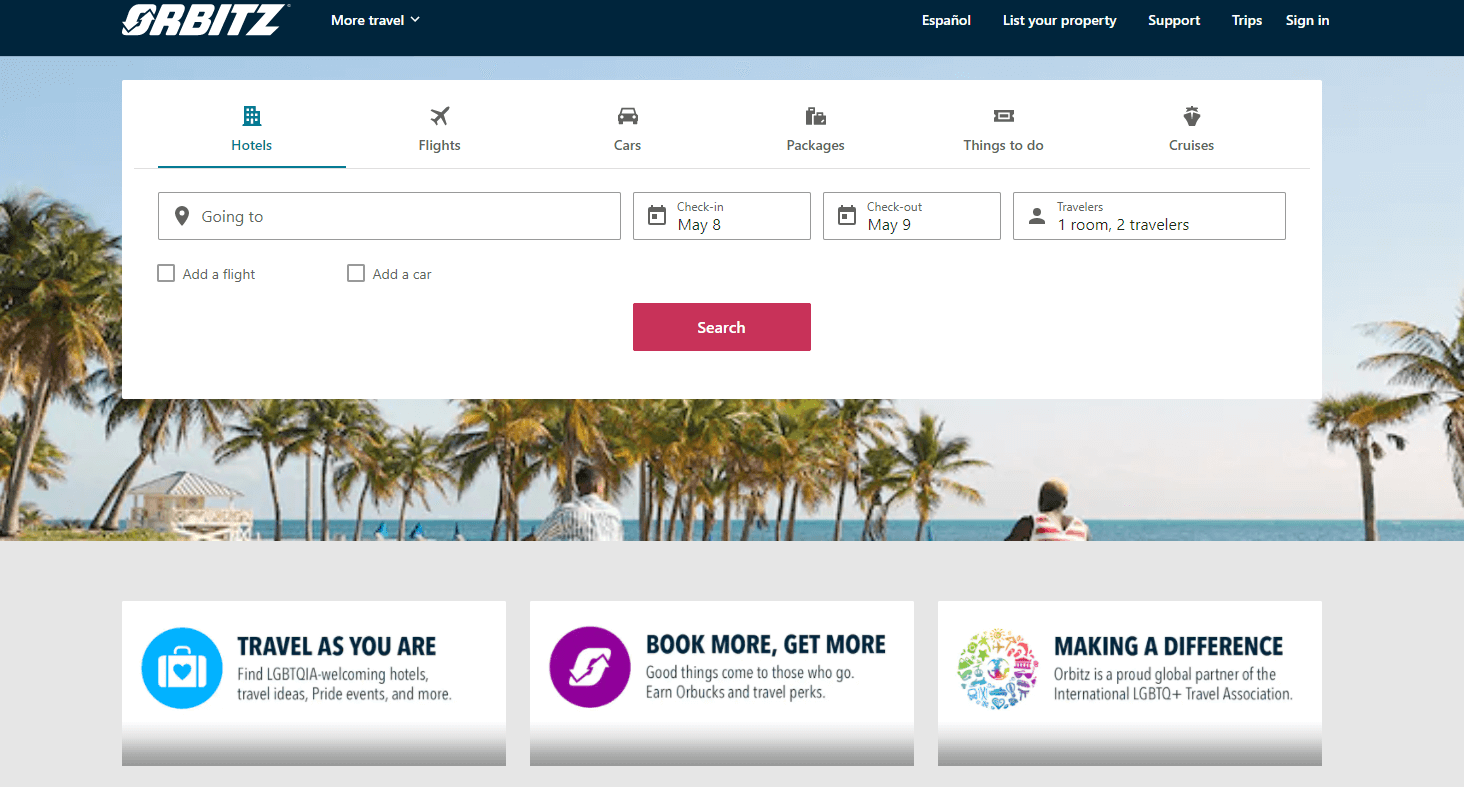
Although some travel industry players still pay attention to their digital marketing strategies, others have begun to incorporate gamification into their advertising stratagems, attracting customers and employees in innovative ways and building a culture of entertainment and fun. Modern technological advances have allowed positive psychology and behavioral science research to test existing developments.
What’s Next?
Tourism has been one of the industries hardest hit by the coronavirus pandemic. Travelers are restricted to the places they can frequently travel. Therefore, to avoid a complete closure, many galleries and other tourist places have developed travel and tourism games to stimulate visitor’s interest and encourage them to return. In this article, you’ll find a different aspect of gamification related to the tourism industry and use it as a feasible solution to attract new tourists and retain existing visitors.
Gamification Itinerary in Tourism Industry
Gamification in tourism aims to design memorable experiences for your guest. myCred is the pioneer in the application of gamification ideas. If you want to increase travelers’ turnout at a specific location or enhance the gaming experience, you may consider using gamification to improve your digital marketing efficiency. These new methods can help you build innovative packages and services for travel and tourism.
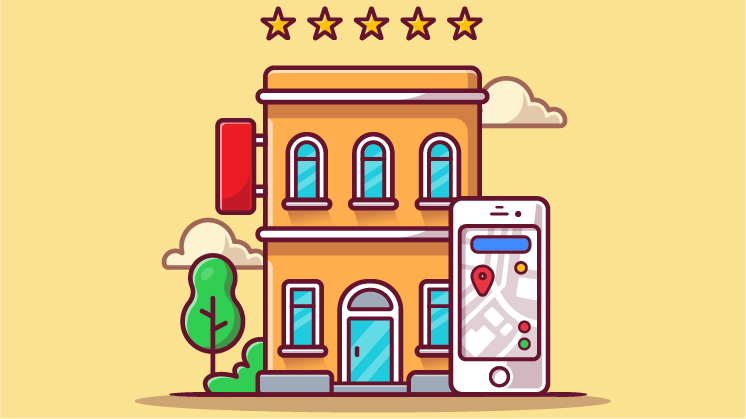
myCred is built to reward users with a WordPress point management system. Through Gaming tourism examples, you can motivate the visitors to look for new monuments to collect badges, ascend the ranking list, and unlock new levels.
myCred Rewards Module:
Social Proofing: Social proof is the influence that the actions and attitudes of the people around us (either in real life or online) have on our behavior. The “proof” element is the idea that if other people are doing it (or saying it), it must be correct. myCred Social Proof addon helps build the credibility of your business by letting your website visitors know about the current activities of your registered users through real-time notifications. These notifications alert the website visitors of different activities such as ticket purchased, hotel booked, and much more
Game Tempers: This means that players can choose to play the same game differently; the game can be changed by shifting the game difficulty or limiting special events by adding or removing game restrictions.
Different Actions: Certain special events only occur at accurate times; this is due to the elitism effect that helps create joy, curiosity, and other emotions like hope or inspiration.
Level & Leaderboards: when the user completes a specific challenge can enter a new locked area, and until then, when the player enters an environment that looks different and faces a new challenge, This will bring anticipation and excitement.
1: Gamification Through Tourism Websites
Many renowned traveling websites use gamification technologies and improve their tourist rating; they introduce Gamification apps for tourism and retain tourists by giving tourist attractions activities. The goal of the tourism websites is to attract people through rewards programs; you can redeem for a wider variety of travel and earn double points on booking flights and hotels.
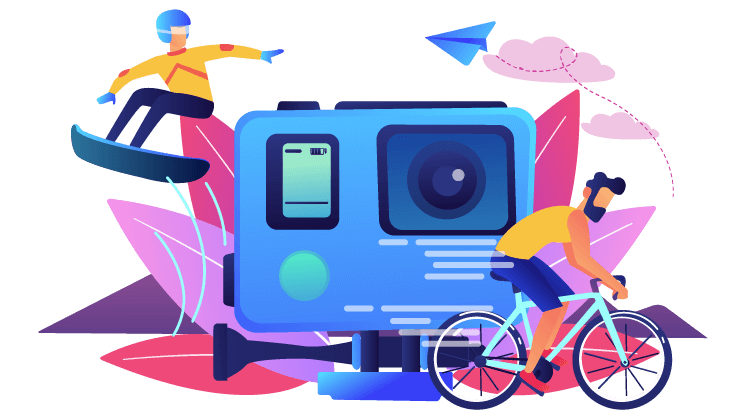 There are many ways in which games have become part of their digital travel advertisements. For instance, consider some transitional travel websites focused on augmented reality, vicinity-themed activities, or treasure hunt games systematized with actual journeys, which can be broken down by POIs (points of interest) and loyalty programs against booking directly with the travel provider.
There are many ways in which games have become part of their digital travel advertisements. For instance, consider some transitional travel websites focused on augmented reality, vicinity-themed activities, or treasure hunt games systematized with actual journeys, which can be broken down by POIs (points of interest) and loyalty programs against booking directly with the travel provider.
2: Brighten the Cultural Legacy
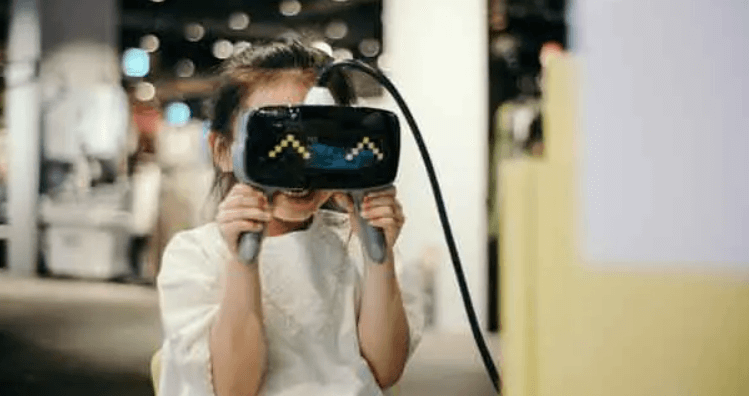 The Gamified cultural heritage where visitors can connect with ancient times through missions and daily challenges. There is logical evidence that acting induces the sense of being with people who lived before that time. Cultural heritage attractions gradually use new ways of culture, illustrate different concepts from serious resolution-based games and gamification. This gamification in museums promotes visitors more actively than old-style learning systems in emerging societal interaction and retention of historical events. These games provide new prospects to transfer knowledge and philosophy through play, thus pleasing the visitor experience.
The Gamified cultural heritage where visitors can connect with ancient times through missions and daily challenges. There is logical evidence that acting induces the sense of being with people who lived before that time. Cultural heritage attractions gradually use new ways of culture, illustrate different concepts from serious resolution-based games and gamification. This gamification in museums promotes visitors more actively than old-style learning systems in emerging societal interaction and retention of historical events. These games provide new prospects to transfer knowledge and philosophy through play, thus pleasing the visitor experience.
3: Virtual City Sightseeing
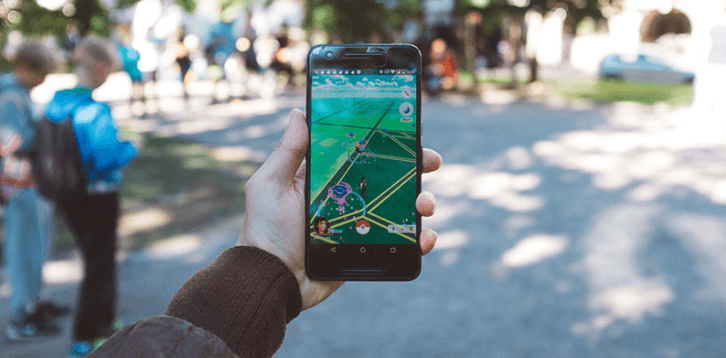
You don’t have to be a global tourism company to attain the benefit of gamifying classification. Tour operators can attract clients through gamified journeys, where city or attraction is available with gaming rudiments (such as questions to answer and contests to finish). Many travel agencies design their personalized games or subcontract the whole event to another firm. The world’s leading companies use tablet technology to build activities such as scavenger hunts or virtual city tours, helping visitors discover and understand the importance of different places motivated by the game mechanism. The blend of tech and data will be provided to visitors in the form of events.
4: Bistro Gamified Experience

Many fast-food chains had utilized gamification technology long before the word was devised without any technical provision. There are quite a few famous games based on the typical styles in back dates. Although the gamification through the app is entirely new and customers can collect rewards and points to get a free meal, there was a concept of street stickers by purchasing different products. The goal is to gather stickers of the same color to qualify for the free meal. Impulse buying seems to last a long time, and this has enormously increased fast-food sales.
5: Gamification Through Air Travel
The world’s premium airlines apply frisky elements for air travel in early times and launched a frequent flyer program to grow brand allegiance. Thanks to the popularization of cellphones, big data, and modern communication methods, these advances will endure impacting our future travel appearances. Miles reward programs have a definite impact through gamification techniques like offer fun games and give rewards on booking or accommodation. It also shows a benefit of participation and attracts more potential visitors through frequent flyer programs.
Final Words
Gamification not only saves expenses during travel but also produces some interesting results. Gamification increases members’ perception of behaviors and traditions, as well as their curiosity in work-related activities. The results of using gamified business travel incentives are encouraging at this time. Gamification in tourism can help companies control travel expenditures more artistically and appealingly while giving travelers a happier choice than traditional “disciplinary movements.”
